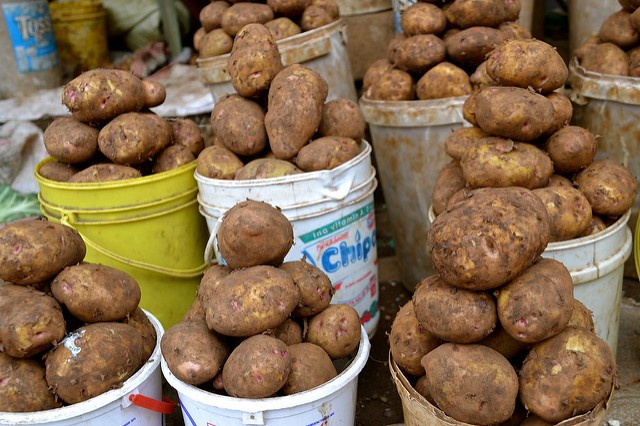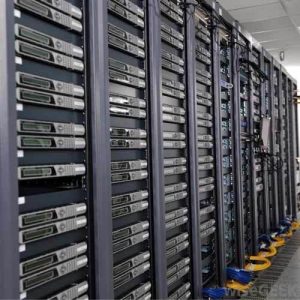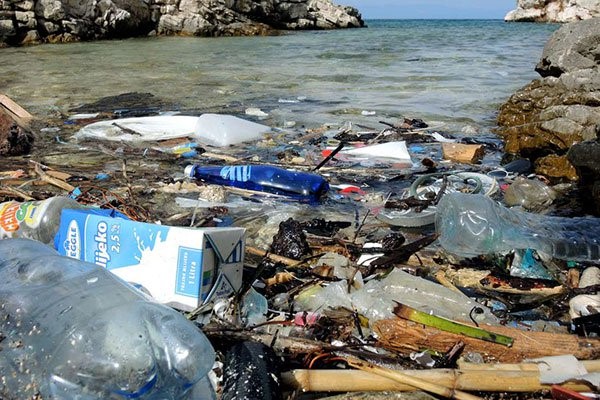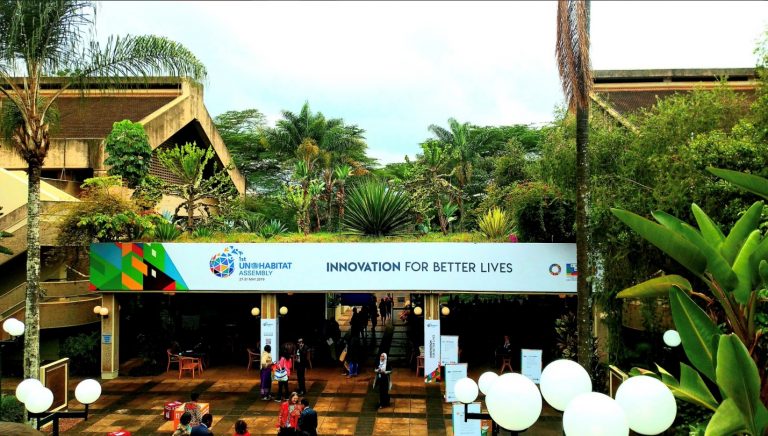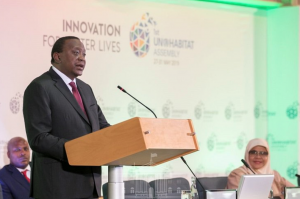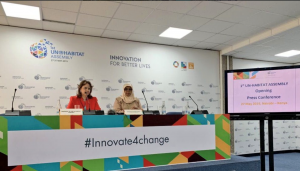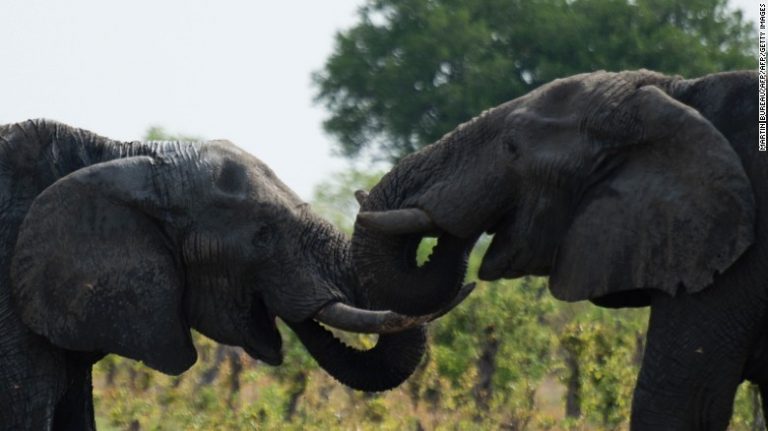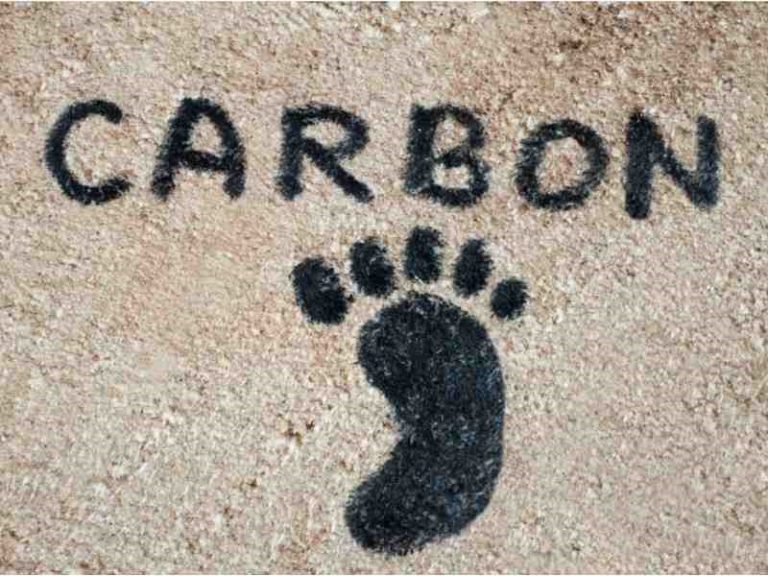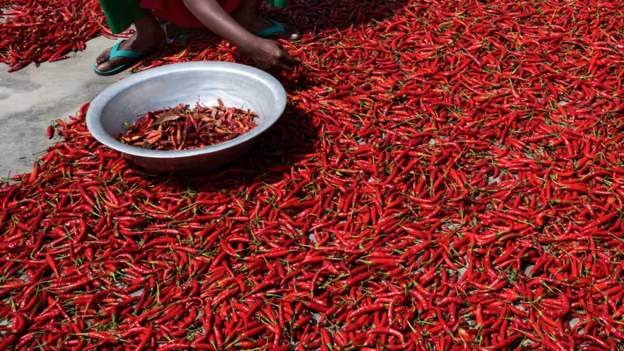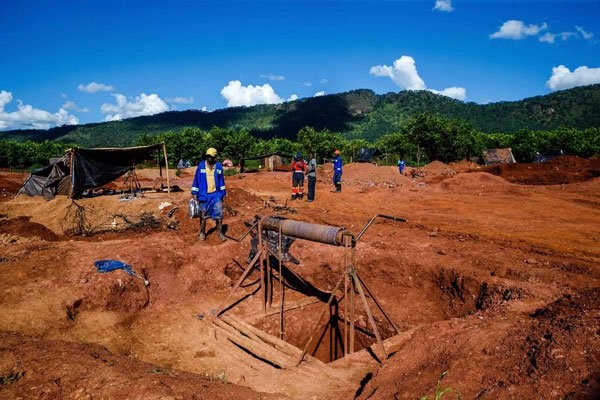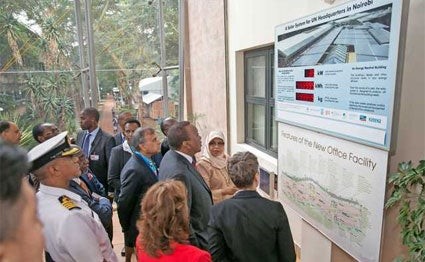Tuber crops are essential to achieving food security across Africa. These crops provide an income to an estimated three hundred million households in sub-Saharan Africa. Potato is an important staple food worldwide and the fourth most consumed crop after maize, rice, and wheat in developing countries. The crops take 90days to mature. Major potato growing countries in Africa include; Egypt, Algeria, South Africa, Malawi, Rwanda, and Kenya.
The crop does well in highland areas that lie between 1600-1800 sea level and with night temperatures of 16-18 degrees Celsius to aid in tuber formation. However, recently, there has been a shortage of Irish potato in some African countries. This has caused the price of the commodity and its products to scale up. In late 2018, Egypt which has most of its inhabitants depending on the crop faced a shortage of the Irish potato. This tripled the price of the vegetable to fifteen Egyptian pounds per kilo.

In Kenya, the situation is no different. The country faces a shortage of 1.7 tones, translating into 25% commodity price rise. A bag now goes for Kshs. 5800 from the normal Kshs. 3500 per bag in urban markets. The hospitality sector is the most affected, with a plate of chips in food joints, selling at Kshs. 100 to 250 from a former price of Kshs. 50 per plate.
What has attributed to potato shortage?
Majority of farmers in the country acquire seeds from informal sources, as a majority cannot afford certified seeds. Only less than five percent of the farmers have access to quality seeds. Given that, the crop is vegetatively propagated; most farmers tend to save seeds for the next planting season. This approach has its shortcomings. Pest and diseases transfer to the next planting cycle. Accumulation of pest and diseases in the farm results reduced potato yield over time.
Kenya has nearly seventy-five percent of potato yield contaminated with, Ralstonia solanacearum- a long-surviving soil-borne bacterial pathogen.
In March 2019, the Kenya Plant Health Inspectorate Service (KEPHIS) rejected an estimated seventy-eight percent of the imported potato seed meant to boost yield in the next planting season due to potato shortage in the country. Out of the two hundred and eighty-two tones imported, two hundred and twenty-one were rejected due to bacterial infection.
Climate change attributed to global warming has caused unpredictable weather changes that have taken a toll on the second source of starch in the country. Unsteady rainfall, characterized by a fall from 737mm – 126mm in 2016 – 2017 reduced potato yield by fifty-six percent. Increase in temperature poses heat stress on the potato crop. Traditional potatoes lack heat tolerant capacities. Tuberization is best at degree range of 16-18 centigrade. Potential future impacts on climate change are likely to increase this trend.
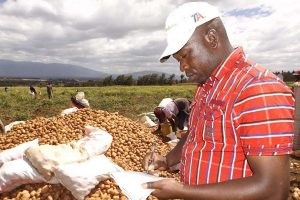
Despite the high price tags in urban markets, farmers sell their products low prices. Intermediaries, who exploit farmers sell the commodity at a high price in urban markets, characterize the potato supply chain. Additionally, most brokers pile up bags beyond the recommended 110kilograms per bag by the National Potato Council. This has seen a majority of farmers delve in other lucrative farming practices.
Potato is a highly perishable crop and hence limits its storability. Most farmers lack efficient storage facility and end up disposing their produce to brokers at low prices in fear of spoilage. In the case of Egypt, the potato traders, reserve the output and sell when there is a shortage at hiked retail prices.
What has been done?
Breeding efforts by International Potato Center (CIP) to prioritize potato resilience to the biotic and abiotic stresses such as heat and disease have already kicked in. Potato clones used have already shown adaptability to unfavourable weather conditions. This reduces yield losses and gives farmers a chance to redeem their sales.
Farms such as the Agrico- east Africa located 30 kilometres from Nakuru town produce mass potato seeds for farmers to use. Yearly they produce a range of two hundred to three hundred tonnes of seeds. The seeds multiplied are imported from the Netherlands and the varieties include destiny, Markies and Manitou. The farm has also incorporated mechanization to reduce incidences of germs contaminating the seeds as a result of human touch.
The director of food systems at Kenya Agriculture Livestock Research Organization (KARLO) said on March 7 2017, that reorganizing potato value chains from production to storage and marketing is key to achieving the development footprint. In line with this Kenya developed a strategy to streamline potato value chains so as to boost food security and revenues for potato farmers
More solutions to the potato crisis
Potato seed storage facilities should be improved to avoid attacks by bacteria diseases as was the case in the recently imported potato seeds. This will also aid in regulating prices as most brokers take advantage of this. They buy the produce from the farmers at very low prices knowing that a majority lack proper storage facilities.
The government should also stop importing seeds. Kenya imports seeds to cover the storage in the country. They should instead direct the funds to independent seed production based on the needs of the farmers.
Regulations by KEPHIS should be implemented on seed production so as to ensure all the farmers get the seeds prior to their farming at affordable prices. They should also work closely with the farmers so as to understand their challenges and let them take part in what directly affects them. They should also be encouraged to use certified seeds and not rely on the traditional methods of farming.
Farms such as the Agrico-East Africa should be incorporated as they can aid in seed Providence in the country. More research is needed to ensure there is better seed quality and to beat the challenges that surround the potato sector.
Kenya has the potential to produce up to eight million tons of potato yearly. A joint front from tuber and root crop sectors will help exploit the potential maximally.


